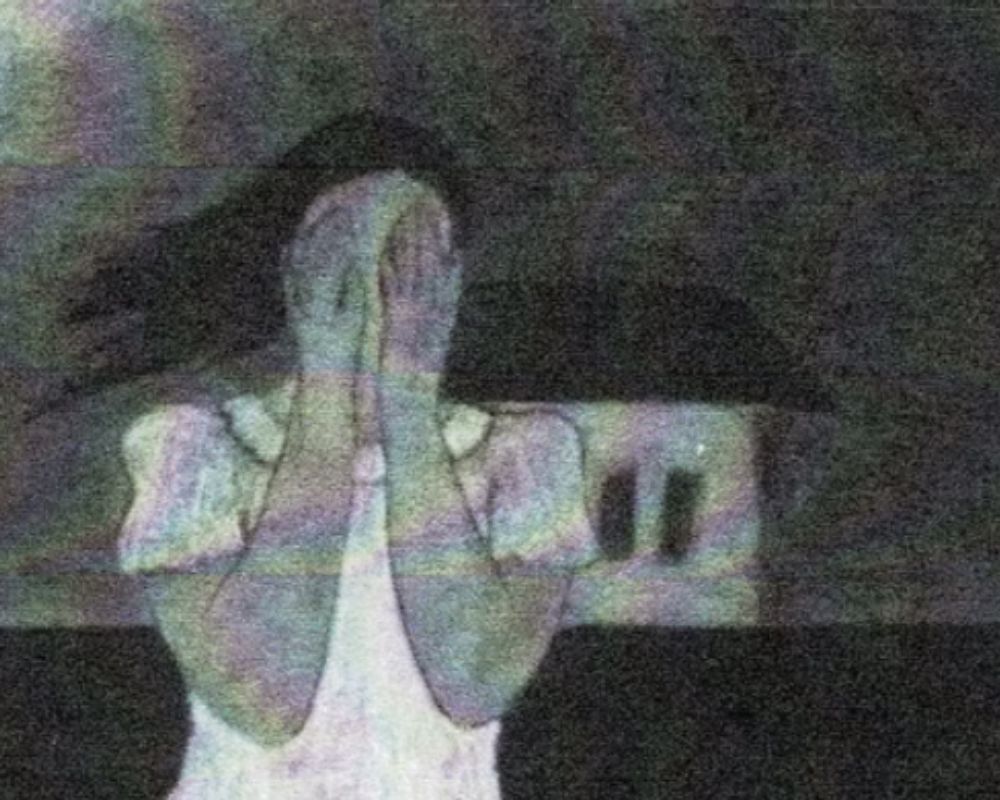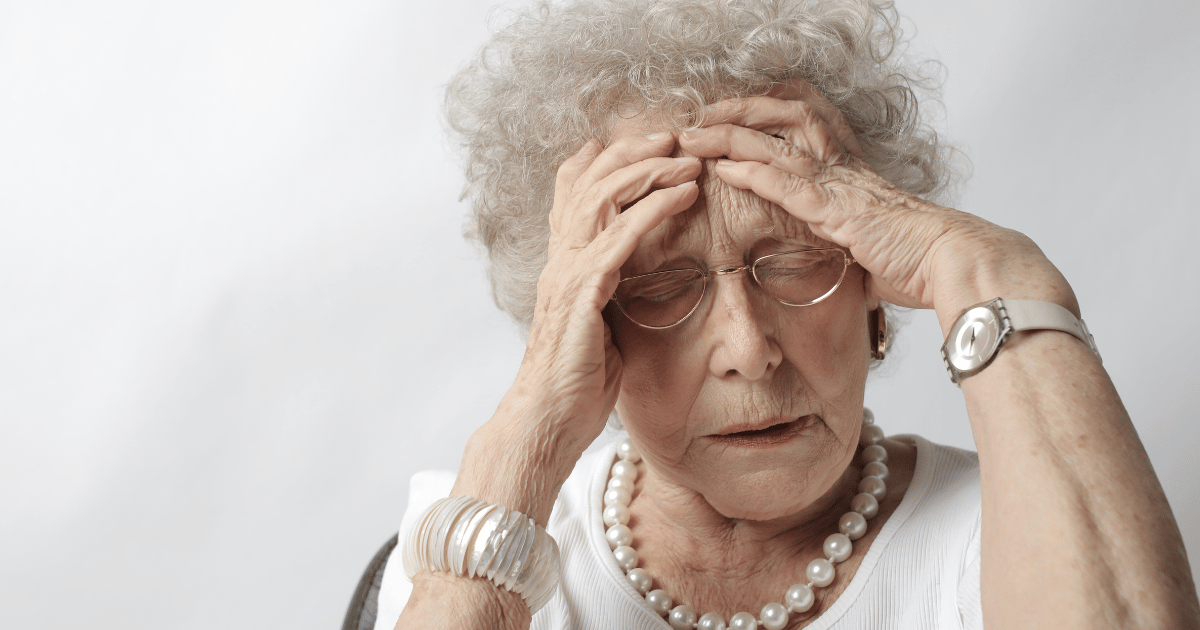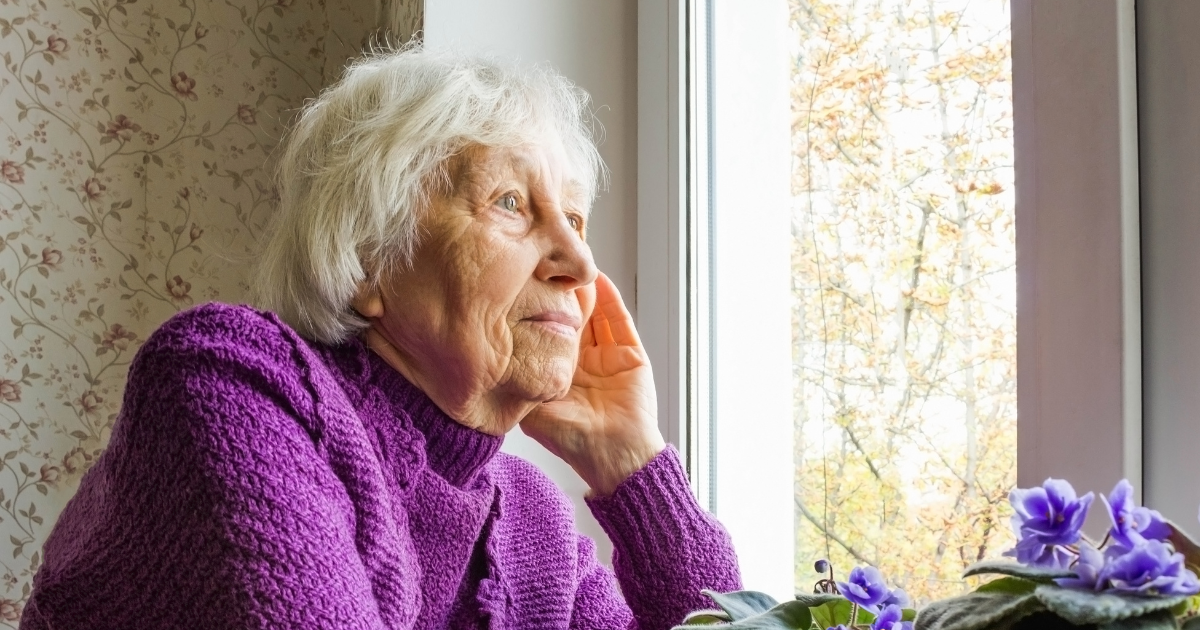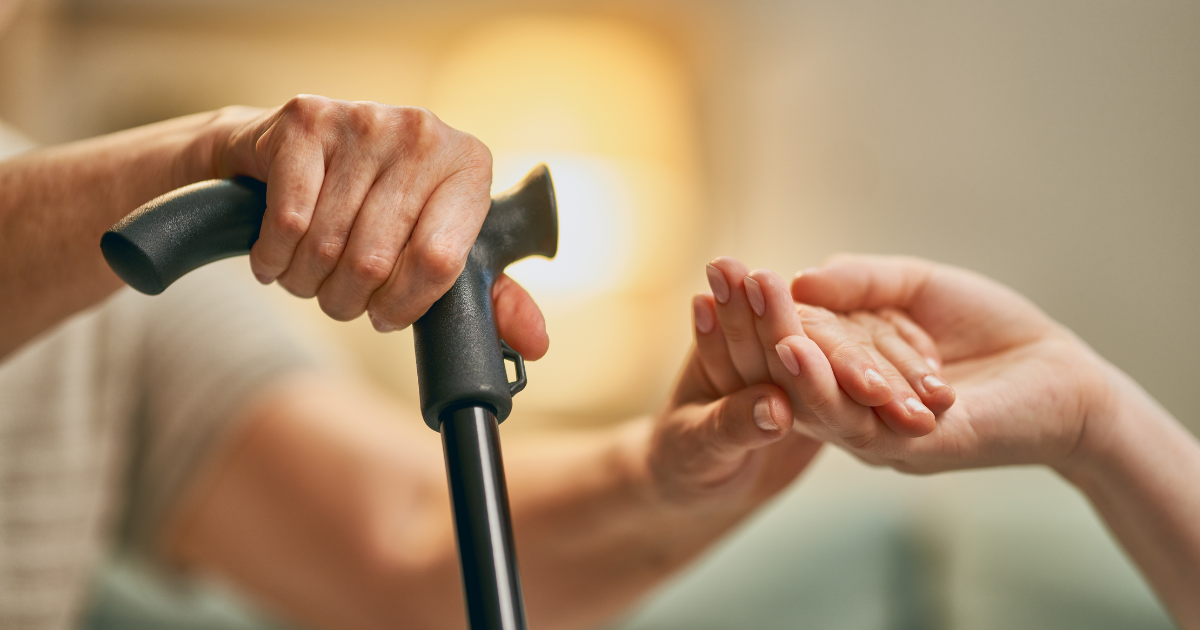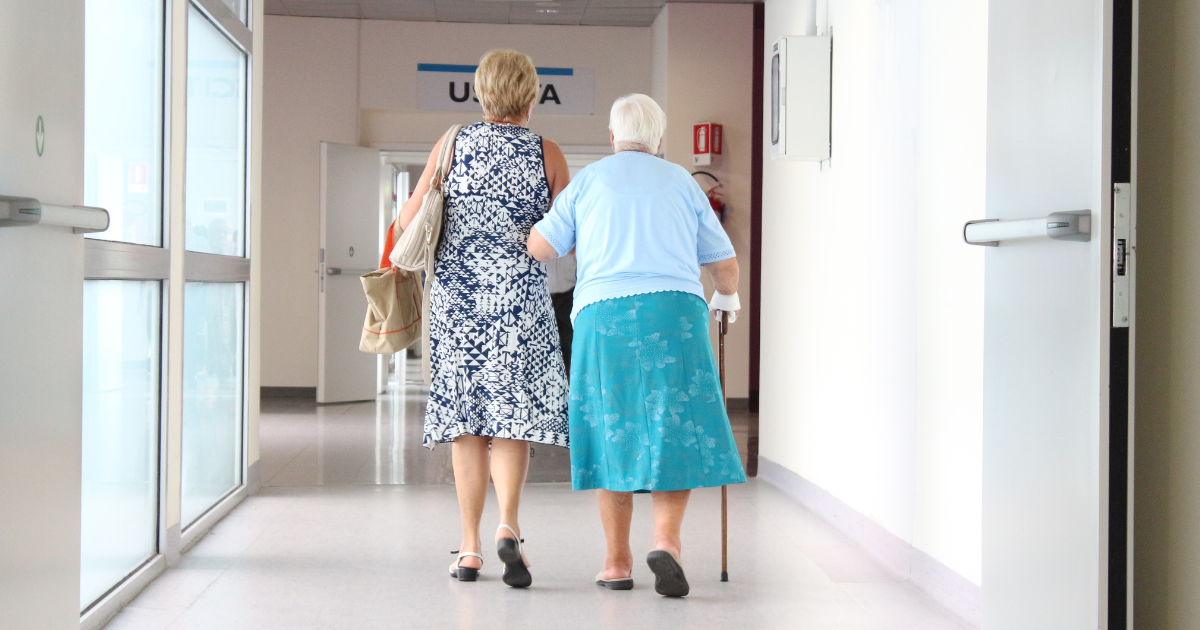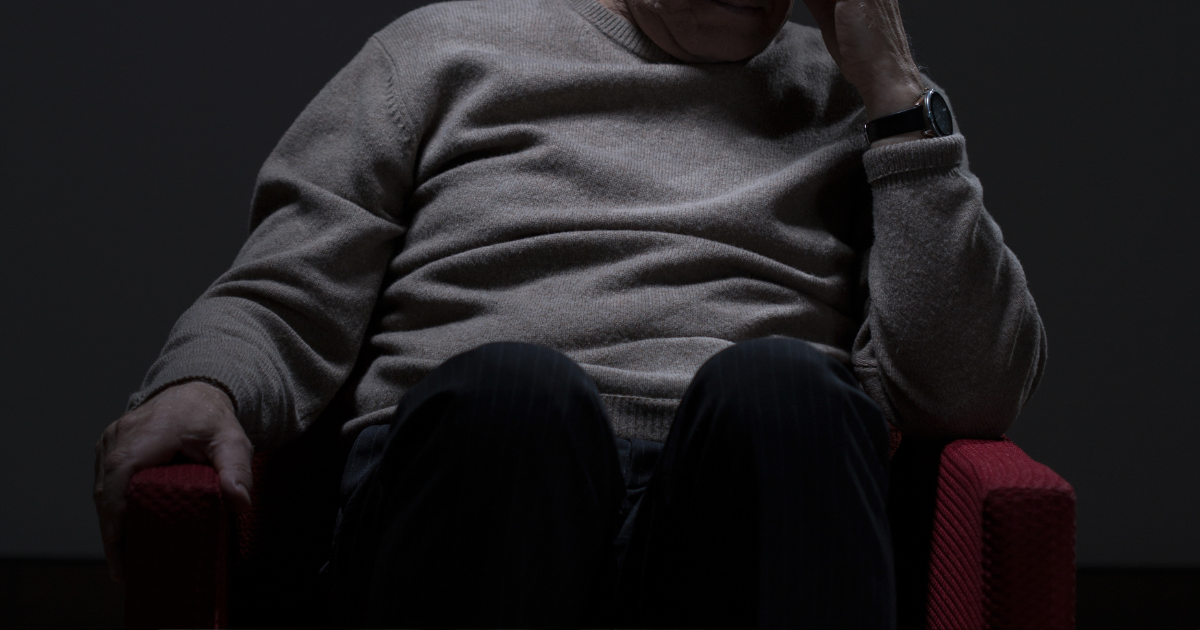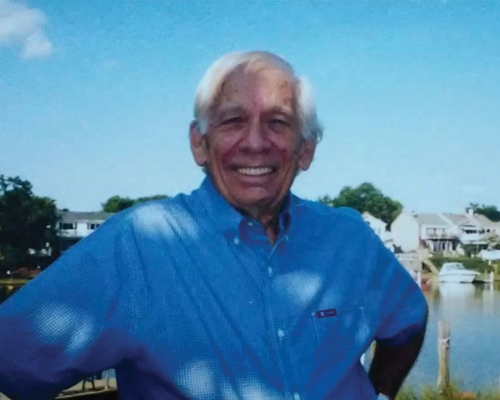Circles of Safety: Building Friendships to Fight Loneliness and Abuse
Loneliness is not just a melancholy feeling—it can be dangerous. For many elders, especially those isolated by distance, illness, or family conflict, loneliness becomes a vulnerability. When combined with power imbalances, dwindling capacity to act, or caregivers or relatives with ill intentions, it can create the soil in which elder abuse takes root. But there is hope: grassroots initiatives, such as friendship circles, “circles of safety,” or circles of care, offer a model for protecting elders not through institutions, but through community, connection, and vigilance. Let’s explore more.
Why Relationships Matter
Loneliness among older adults has been shown to increase risk of depression, cognitive decline, and worse overall health. Isolation also limits an elder’s ability to notice, resist, or escape abuse, whether it be emotional, financial, physical, or neglect. Family elder abuse, in particular, often thrives in secrecy. Meaning, no one’s watching, the elder may feel ashamed, and the abuser may isolate them further.
Connecting with others around you, such as trusted friends, neighbors, and fellow elders, provides not only emotional nourishment, but also “extra eyes” (people who can recognize when something’s wrong, who can ask questions, raise alarm, or even intervene on your behalf).
Circles of Friendship: A Case Example
As we continue to share Rob’s story, we’re also helping to spread awareness of and prevent elder abuse. One of which is by sharing how we’ve also created friendship “circles” in town as part of our healing & prevention work. These circles do more than stave off loneliness: they act as living safety nets. The idea is simple but profound: a small group (friends, neighbors, community members) commit to regular check-ins with elders—visits, phone calls, helping out, staying aware of changes.
These circles of friendship are designed to:
- Foster social connection so elders feel known, less invisible.
- Share information: noticing changes in mood, living conditions, finances, health.
- Provide support when capacity dips—help with errands, companionship, even advocacy.
- Enable earlier intervention: kind inquiries (“How are you really doing?”), referrals to services, or contacting professionals when abuse or neglect may be happening.
Other Grassroots & Community Models of Circles of Safety & Care
Here are several existing approaches that align with or reinforce the ‘circle’ concept:
- Circle of Care initiatives (such as those promoted by AGE+) where 3-5 people team up to support older neighbors or family members with check-ins, errands, and social contact.
- Family Care Conferences (FCC) in Native American/Tribal communities: structured, facilitated gatherings of family and community to care for and protect elders, plan for their needs, and address abuse or neglect proactively.
- Restorative justice circles applied in elder abuse cases—teams of professionals (nurses, law enforcement, social service providers) and community volunteers meeting with elders and/or families to discuss harms, build safety plans, and re-establish accountability.
How Circles of Safety Prevent Family Elder Abuse
Let’s unpack more specifically how circles of friendship or safety can prevent abuse by family members:
Risk Factor 1: Isolation / Secrecy
- How Circles Help Mitigate It: Regular, trusted social contact reduces the chance that abuse remains hidden.
Risk Factor 2: Lack of oversight
- How Circles Help Mitigate It: Multiple people who care are more likely to spot red flags—financial irregularities, changes in physical condition, emotional withdrawal.
Risk Factor 3: Elder’s silence (due to fear, shame, dependence)
- How Circles Help Mitigate It: A circle offers more safe spaces to speak out; friends can encourage speaking with professionals.
Risk Factor 4: Caregiver burnout / exploitation
- How Circles Help Mitigate It: Circles may provide relief (respite help, shared caregiving) or support to caregivers so stress doesn’t turn into neglect or abuse.
Risk Factor 5: No safety plan / lack of resources
- How Circles Help Mitigate It: Circles can help elders access community resources, legal help, health care; help build or advocate for protective plans (power of attorney, etc.).
How to Start Your Own Circle of Friendship
If you read this and want to build one in your community, here are some practical steps:
- Gather People You Trust
This might be neighbors, fellow seniors, local church or club members, friends, or even caregivers. A small group (3-5) is manageable to start. - Define Purpose & Commitments
Decide what the circle is for: social support? safety checks? helping with errands? Also define frequency of contact: weekly, biweekly phone calls or visits. - Build Awareness of Signs of Abuse
Make sure everyone in the circle knows what to watch for—changes in mood, hygiene, unexplained injuries, drops in financial assets, isolation, behavior of family members. - Create Channels for Communication & Action
If someone in the circle suspects abuse, what is the plan? Who to call? Which local services are available? Having that mapped out reduces delay. - Respect Agency & Privacy
Elders need to feel in control. The circle’s role is supportive, not controlling. Respect their decisions where possible, even while offering help. - Stay Stable and Sustained
Circles depend on consistency. If people drop off, communication lags, or roles aren’t clear, the circle weakens. Build mutual accountability among circle members.
Main Barriers and Challenges (and How to Overcome Them)
- Trust: Elders or their families may distrust outsiders or community members. Starting small, being consistent, and being respectful helps build trust.
- Time and Resources: People may feel they lack time or skills. But even small efforts (a phone call, one errand) can make a difference. The people in your circles can share tasks.
- Boundaries & Risk: What if family members push back? What if signs of legal abuse or criminal behavior are uncovered? Circles should have connections with professionals (legal, medical, APS, etc.) and know when to escalate.
- Cultural / Social Norms: In some cultures or family systems, talking about abuse is taboo; elders may expect family members to protect them, no matter what. Circles should be culturally sensitive—ideally include insiders or people who understand the elder’s background.
A Vision: Preventing Loneliness, Isolation and Abuse Before It’s Too Late
Imagine a community where every elder has, say, three people they can reliably call: one for errands, one for emotional check-ins, one who watches out. Where neighbors, friends, faith communities view elder abuse not as someone else’s problem but a shared responsibility. Where the phrase “I feared speaking up” is rare. Where the first signs of danger are met not with fear or silence but with care, questions, and action.
These friendship or safety circles could reduce the tragedy that many have borne witness to. They won’t eliminate elder abuse entirely, as some abusers are skilled manipulators and some systems are broken, but they can make a huge difference.
Because abuse thrives in darkness; circles of safety bring light, connection, and accountability.
How You Can Take Action
- Join or start a circle in your community.
- Reach out to elders you know—don’t wait until there is a crisis.
- Support or volunteer with elder abuse prevention organizations.
- Spread awareness: share stories, signs, and resources.
- Advocate for local, state, or national policies that fund programs mapping onto circles or community safety nets.
Elder abuse doesn’t have to be inevitable. When we build friendships, carve out small accountable spaces, and weave those into larger systems of support, we create circles of safety that protect those who are most vulnerable. And in doing so, not only do we save lives—we offer dignity, connection, and love.


